Gilbert Water Quality at a Glance
major concerns
Is Gilbert Water Safe to Drink?
Generally Yes, With Significant Caution – Gilbert’s water meets federal standards, but faces serious contamination concerns including chromium-6 at 295 times safe levels. Additional concerns include PFAS detection at multiple well sites, arsenic above health guidelines, and hard water issues. The town has proactively taken Well 7 offline due to PFAS contamination and is upgrading treatment facilities, but residents should consider filtration for maximum protection.
⚠️ Key Concerns for Gilbert Residents
- Chromium-6 “Erin Brockovich Chemical”: 5,900 ppt detected – 295x higher than negligible cancer risk level; linked to multiple cancer types
- PFAS “Forever Chemicals”: Detected at multiple well sites; Well 7 taken offline as precaution; ongoing monitoring under EPA regulations
- Arsenic Contamination: 3.2-9.1 ppb range (avg 6.43 ppb) – meets EPA standards but exceeds health guidelines; cancer risk with long-term exposure
- Disinfection Byproducts: 48 ppb average with peaks up to 110 ppb; linked to increased bladder, kidney, and liver cancer risks
Read the full report below for detailed analysis, treatment options, and actionable recommendations for Gilbert residents.
Gilbert – Arizona – Water Quality Report 2025: PFAS Testing, Infrastructure Concerns & Safety across your city
Gilbert Water serves approximately 250,000 residents across one of Arizona’s fastest-growing communities in the East Valley metropolitan area. As a municipal utility, the system operates extensive infrastructure including over 700 miles of water distribution lines, advanced treatment facilities, and groundwater wells that deliver an average of 40 million gallons of drinking water daily to this vibrant desert community.
Gilbert sources its drinking water from multiple renewable supplies including the Salt and Verde Rivers through the Salt River Project (SRP), Colorado River water via the Central Arizona Project (CAP), reclaimed water, and strategic groundwater use. The community’s water is treated at two state-of-the-art facilities: the North Water Treatment Plant and the co-owned Santan Vista Water Treatment Plant. Gilbert maintains a 100-year Assured Water Supply designation from the state and has implemented comprehensive conservation programs, infrastructure modernization, and underground water storage to ensure sustainable water security for future generations.

Gilbert Water Quality: Current Status (2024-2025)
Latest Testing Results
- Comprehensive Testing Program: Gilbert Water Quality staff performs up to 100 tests daily on drinking water to ensure compliance with all federal and state health and safety standards set by the EPA and Arizona Department of Environmental Quality.
- Lead and Copper Compliance: Recent testing shows Gilbert maintains full compliance with EPA Lead and Copper Rule regulations, with 90th percentile lead concentrations at 1.33 ppb, well below the 15 ppb action level.
- State Certification: Gilbert operates a state-certified laboratory that analyzes daily process, distribution, and regulatory compliance samples, with additional testing conducted through commercial state-certified laboratories.
Water Sources
- Salt River Project (SRP): Provides 49% of Gilbert’s water supply from the Salt and Verde Rivers, sourced from protected forestland watersheds in northern and eastern Arizona spanning 8.3 million acres.
- Central Arizona Project (CAP): Delivers 23% of water supply via the 336-mile canal system carrying Colorado River water from Lake Havasu through Phoenix to southern Arizona.
- Groundwater Wells: Operates 17 groundwater wells throughout the service area providing 28% of supply, with total groundwater production capacity of nearly 44 million gallons per day including reservoir storage.
- Reclaimed Water: High-quality treated wastewater (A+ rating from ADEQ) used for irrigation and groundwater recharge, producing approximately 14 million gallons per day.
Advanced Treatment Technology
- North Water Treatment Plant: Treating SRP water with capacity of 45 million gallons per day, currently undergoing complete reconstruction and expansion to 60 million gallons per day, scheduled for completion in December 2027.
- Santan Vista Water Treatment Plant: Co-owned with Chandler, treating CAP water using ballasted flocculation technology with 24 MGD initial capacity (12 MGD for Gilbert), featuring 20-25 minute average process time and 6 MGD onsite reservoir capacity.
- Multi-Barrier Treatment: Both facilities employ comprehensive treatment processes including coagulation, flocculation, sedimentation, filtration, and chlorine disinfection to ensure water safety and quality.
Infrastructure Modernization
- North Plant Reconstruction: Major $100+ million project adding Granular Activated Carbon (GAC) contactors for enhanced contaminant removal, including PFAS treatment capabilities, with completion expected by 2027.
- Underground Water Storage: Comprehensive recharge program at Riparian Preserve and South Area Recharge Facility, storing over 200 billion gallons of water (9 times annual usage) with second-largest storage credits in Phoenix AMA.
- Distribution System: Over 700 miles of pipeline infrastructure delivering water at optimal pressure (60-80 psi) with ongoing investments in system improvements and modernization.
Customer Protection Initiatives
Gilbert Water provides extensive customer support through various programs, including the Utility Billing Assistance Program launched in 2024 to help residents facing financial challenges. The utility publishes annual Consumer Confidence Reports by July 1st each year, providing transparent water quality information to all customers. Gilbert’s commitment to water security includes maintaining Arizona’s 100-year Assured Water Supply designation and implementing comprehensive conservation programs. The community’s investment in advanced treatment technologies, diverse water portfolio, and proactive infrastructure improvements demonstrates dedication to providing safe, reliable drinking water while preparing for challenges including population growth, Colorado River shortages, and emerging contaminants like PFAS.
Recommendations for Gilbert Residents
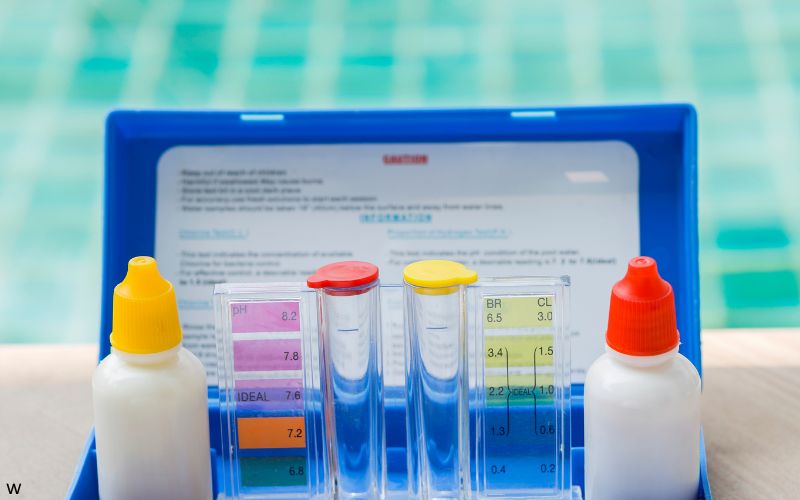
Test Your Water
Contact Gilbert Water Quality at 480-503-6400 for information about water testing services. Testing is especially recommended for homes with older plumbing systems or if you notice changes in taste, odor, or appearance.
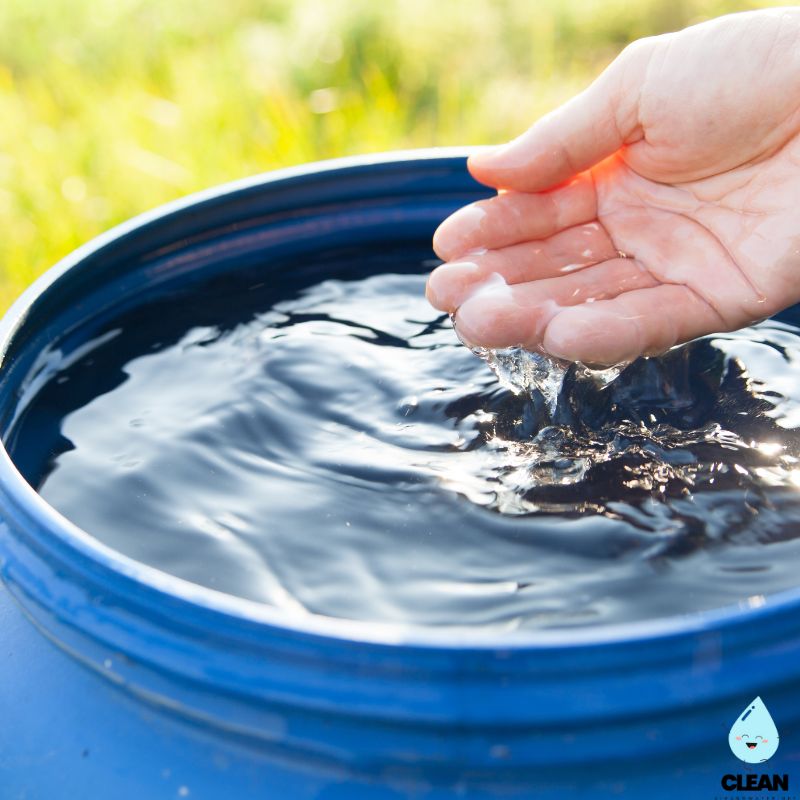
Conserve Water
Participate in Gilbert’s free landscape workshops and use the water calculator at gilbertaz.gov/watercalculator to optimize your household water use. Follow desert-appropriate landscaping practices and efficient irrigation methods.

Consider Home Filtration
While Gilbert’s water meets all federal standards, homes may benefit from NSF-certified filters for taste improvement and additional protection against contaminants like chromium-6, arsenic, PFAS, and disinfection byproducts found in desert water supplies.

Use Water Calculator
Visit gilbertaz.gov/watercalculator to determine your household’s optimal water needs and identify conservation opportunities. This tool helps you understand usage patterns and save money on utility bills.

Report Issues
Contact Gilbert Public Works at 480-503-6400 for water main breaks, pressure problems, or quality concerns. Use Gilbert 311 app or visit gilbertaz.gov/311 to report non-emergency water system issues promptly.
Frequently Asked Questions
Is Gilbert’s tap water safe to drink?
Gilbert’s tap water meets all federal and state drinking water standards, but residents should be aware of several contaminants of concern. The town’s water comes from multiple sources including the Salt and Verde Rivers, Colorado River, and local groundwater, all of which undergo comprehensive treatment.
Gilbert Water Quality staff performs up to 100 tests daily to ensure water safety. However, testing has revealed chromium-6 levels at 5,900 ppt (295 times higher than negligible cancer risk levels), arsenic averaging 6.43 ppb (above health guidelines), and PFAS contamination at some well sites. While the water meets federal standards, many health experts recommend filtration for additional protection against these contaminants.
Why are Gilbert’s water bills increasing?
Gilbert implemented significant rate increases starting in April 2024 to fund critical infrastructure improvements and address rising operational costs:
1. Infrastructure needs: The North Water Treatment Plant reconstruction project and other essential upgrades require substantial investment
2. Colorado River challenges: Ongoing drought conditions and water shortage declarations increase costs for alternative supplies
3. Inflation impacts: Rising construction and operational costs have affected utility expenses across the region
The utility offers a Billing Assistance Program for residents experiencing financial hardship. Visit gilbertaz.gov/CommunityResources for information about utility payment assistance and other community resources.
How is Gilbert addressing PFAS contamination?
Gilbert is taking proactive measures to address PFAS (per- and polyfluoroalkyl substances) contamination:
• Immediate action: Well site 7 was immediately taken offline as a precautionary measure when PFAS compounds were detected during EPA’s UCMR5 testing
• Treatment upgrades: The North Water Treatment Plant reconstruction includes Granular Activated Carbon (GAC) contactors, an effective method for PFAS removal
• Ongoing monitoring: Continuous testing and investigation at affected locations to determine contamination sources
• System redundancy: Gilbert’s diversified water portfolio allows taking affected wells offline while maintaining adequate supply
The town publishes PFAS testing results in annual Consumer Confidence Reports and provides updates at gilbertaz.gov/water-quality-report.
Is Gilbert prepared for Colorado River shortages?
Yes, Gilbert is well-prepared for Colorado River shortages through comprehensive planning:
Diversified Supply Portfolio:
• 49% Salt River Project water (most reliable source)
• 23% Colorado River water via CAP
• 28% groundwater from 17 wells
• Reclaimed water for non-potable uses
Water Storage:
Gilbert has stored over 200 billion gallons of water underground (9 times annual usage) and maintains the second-largest storage credits among Phoenix area cities.
100-Year Assured Supply:
The state has designated Gilbert with a 100-year Assured Water Supply, confirming long-term water security even during extended drought periods.
Quality News About Your Water
Get the comprehensive water quality news coverage you need with our dedicated US Water News Service. From coast to coast, we deliver in-depth reporting and expert analysis on PFAS contamination, EPA regulatory changes, infrastructure developments, and emerging water safety issues affecting communities nationwide. While mainstream media only covers the biggest stories, we provide the detailed, ongoing coverage that helps you understand the full scope of America’s water challenges. Whether you’re a concerned citizen, water professional, or community leader, our daily updates and analytical insights keep you informed about the issues that matter most to public health and environmental safety.
Contaminants of Concern
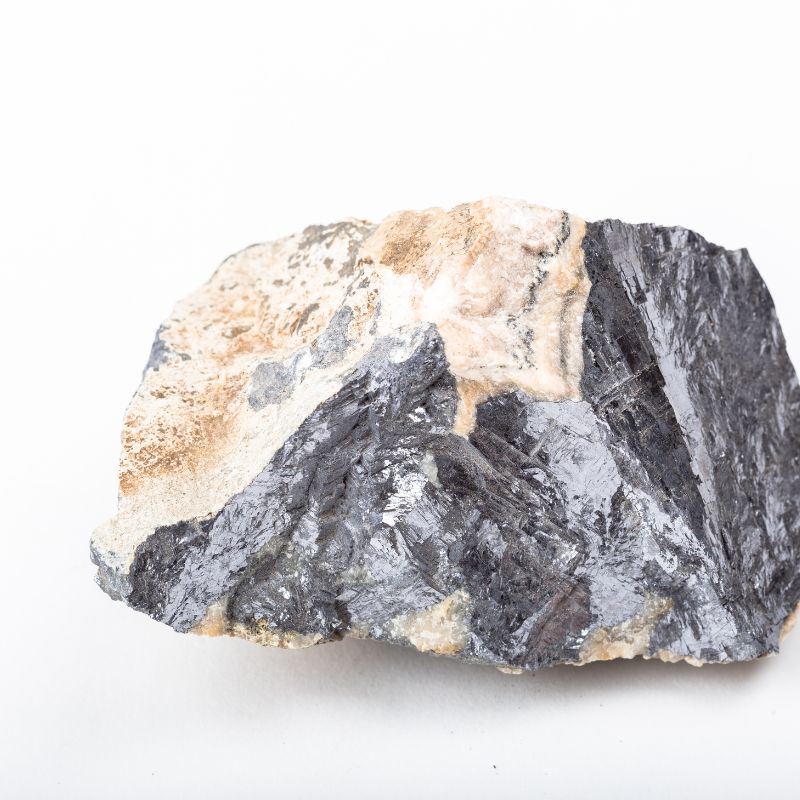
Arsenic
Source: Naturally occurring element found in desert groundwater sources and some surface water supplies, common in Arizona’s geological formations
Health Effects: Long-term exposure to elevated arsenic levels may increase risk of certain cancers, cardiovascular disease, and skin disorders
Current Levels: Recent testing shows average concentrations ranging from 3.2-9.1 ppb with an average of 6.43 ppb, compliant with EPA standards but above health-based guidelines EPA Limit: 10 ppb maximum contaminant level

PFAS Compounds
Source: Per- and polyfluoroalkyl substances from industrial processes, firefighting foams, and consumer products that can contaminate groundwater and surface water sources
Health Effects: Research suggests potential impacts on immune system, thyroid function, cholesterol levels, and possible links to certain cancers and developmental issues
Current Status: PFAS detected at multiple well sites during EPA UCMR5 testing; affected Well site 7 taken offline as precaution; GAC treatment being installed at North Water Treatment Plant EPA Limits: New 2024 regulations set maximum contaminant levels for specific PFAS compounds
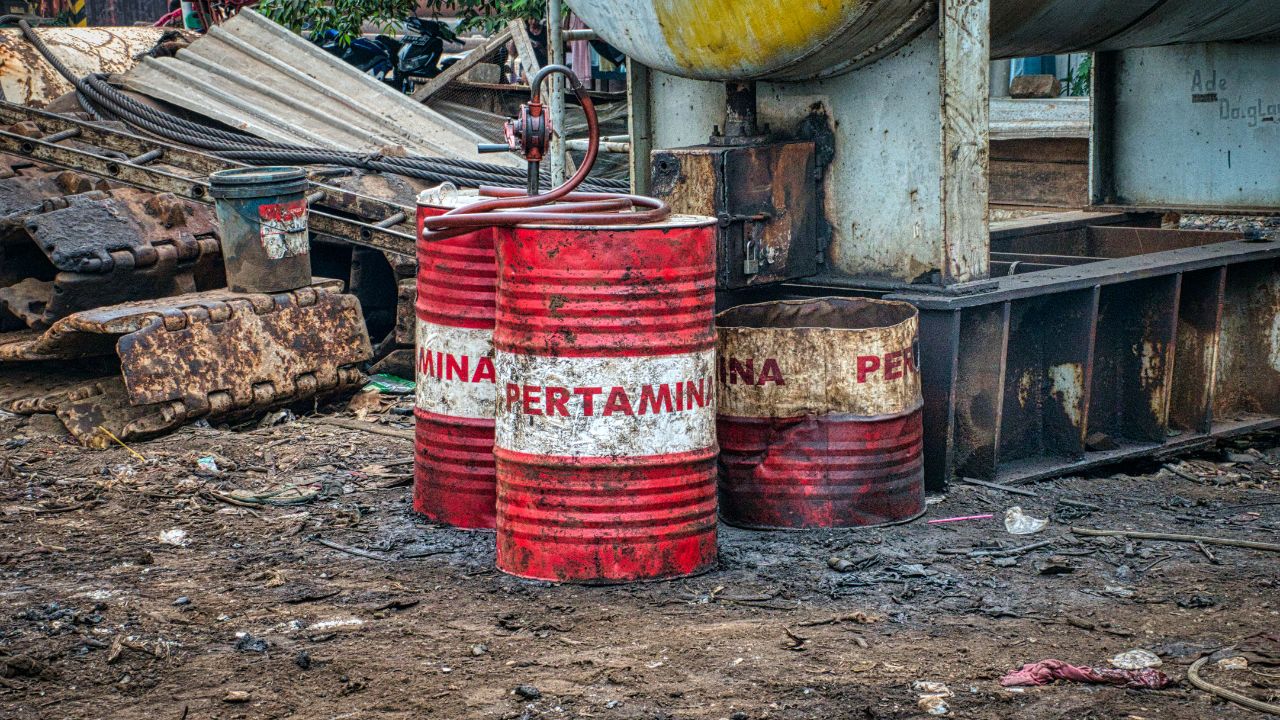
Chromium-6
Source: Industrial pollution and natural occurrences in mineral deposits and groundwater; the “Erin Brockovich chemical” known for causing cancer clusters
Health Effects: Linked to increased risk of lung, stomach, and other cancers; can also cause respiratory problems and skin irritation
Current Levels: Gilbert’s tap water averages 5,900 parts per trillion – 295 times higher than the concentration with negligible cancer risk EPA Status: Monitored but not federally regulated; California set health goal at 0.02 ppb
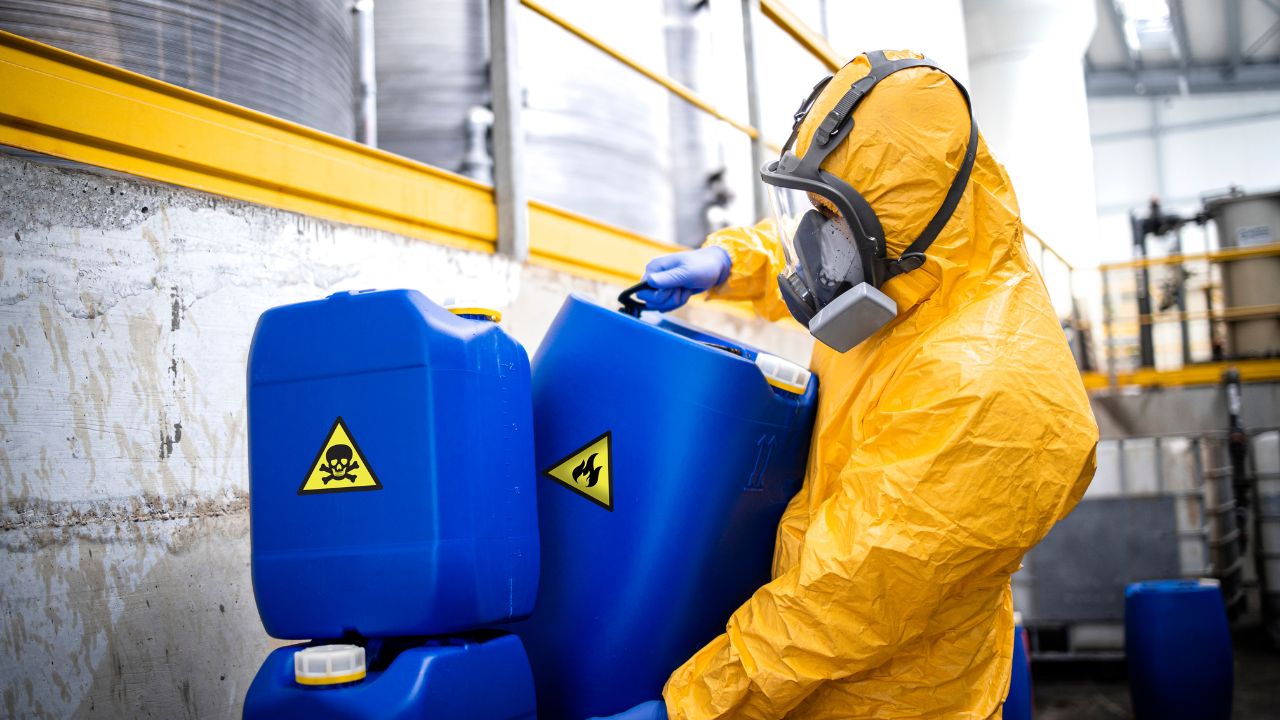
Disinfection Byproducts
Source: Form when chlorine-based disinfectants react with naturally-occurring organic matter during water treatment processes
Health Effects: Associated with increased risk of bladder cancer, as well as kidney, liver, and central nervous system problems
Current Levels: Gilbert shows 48 ppb average for Total Trihalomethanes, with peaks reaching 110 ppb EPA Limit: 80 ppb maximum residual disinfectant level for running annual average
Please read – our information
The information presented on cleanairandwater.net is compiled from official water quality reports, trusted news sources, government websites, and public health resources. While we strive for accuracy and thoroughness in our presentations, we are not scientists, engineers, or qualified water quality professionals.
Our mission is to present water quality information in an accessible, real-world format that helps people understand what’s in their water and make informed decisions about their health and safety. We believe that complex environmental information should be available to everyone in a format that’s easy to understand.
We make every effort to ensure our content is current and accurate, but we cannot guarantee that all information is complete or error-free. This website should not replace official communications from your local water utility or health department. We always recommend consulting official sources for the most up-to-date information regarding your specific water system.
Clean Air and Water is not liable for any unintentional errors, omissions, or outdated information. The content on this site is provided for informational purposes only and should not be considered professional advice.


